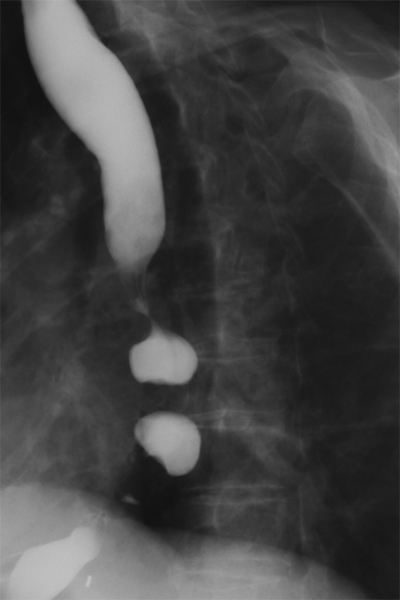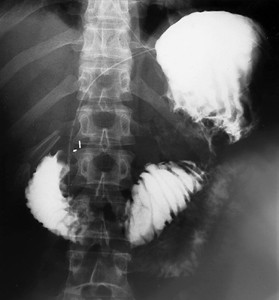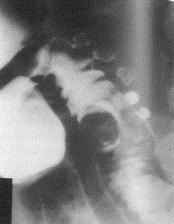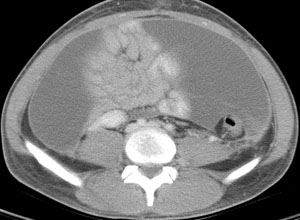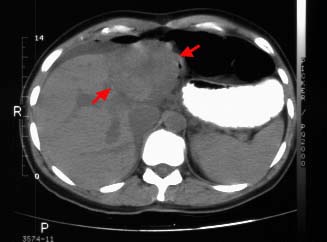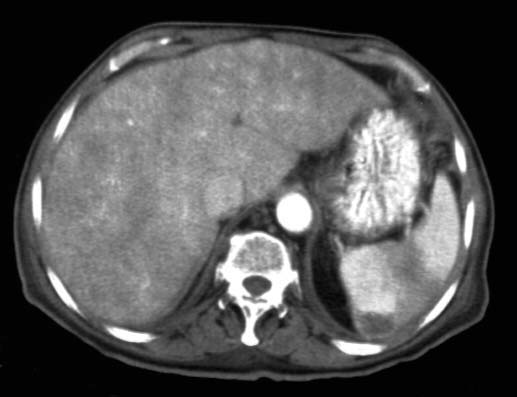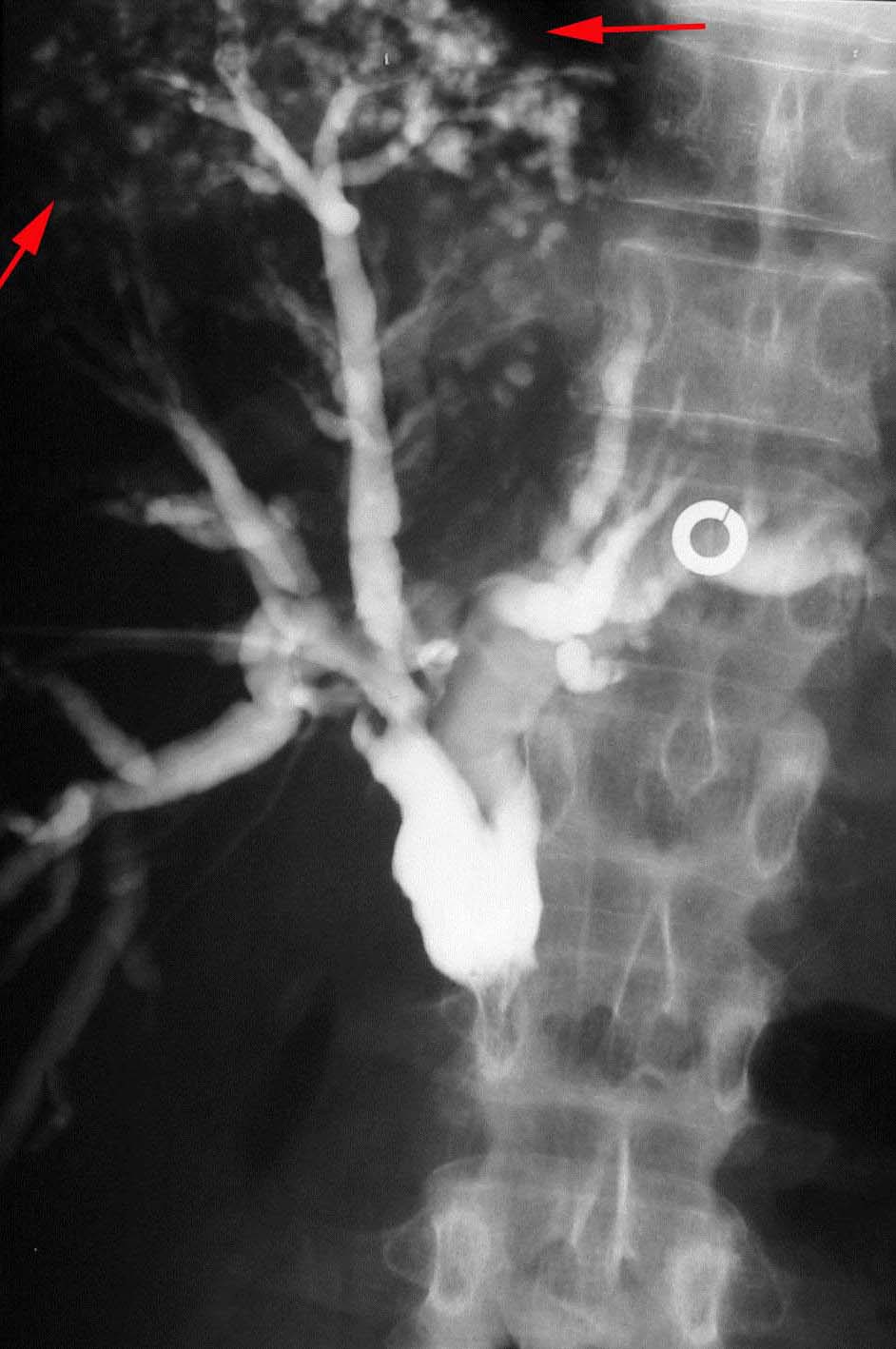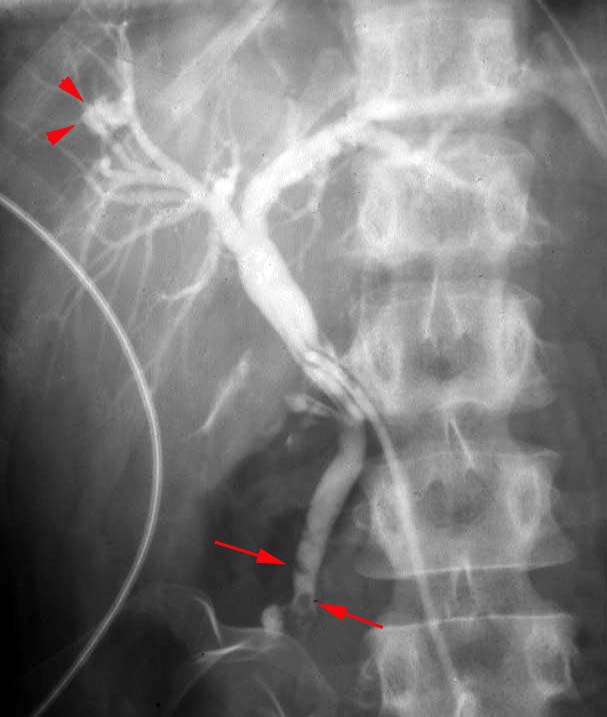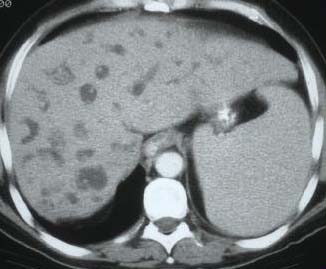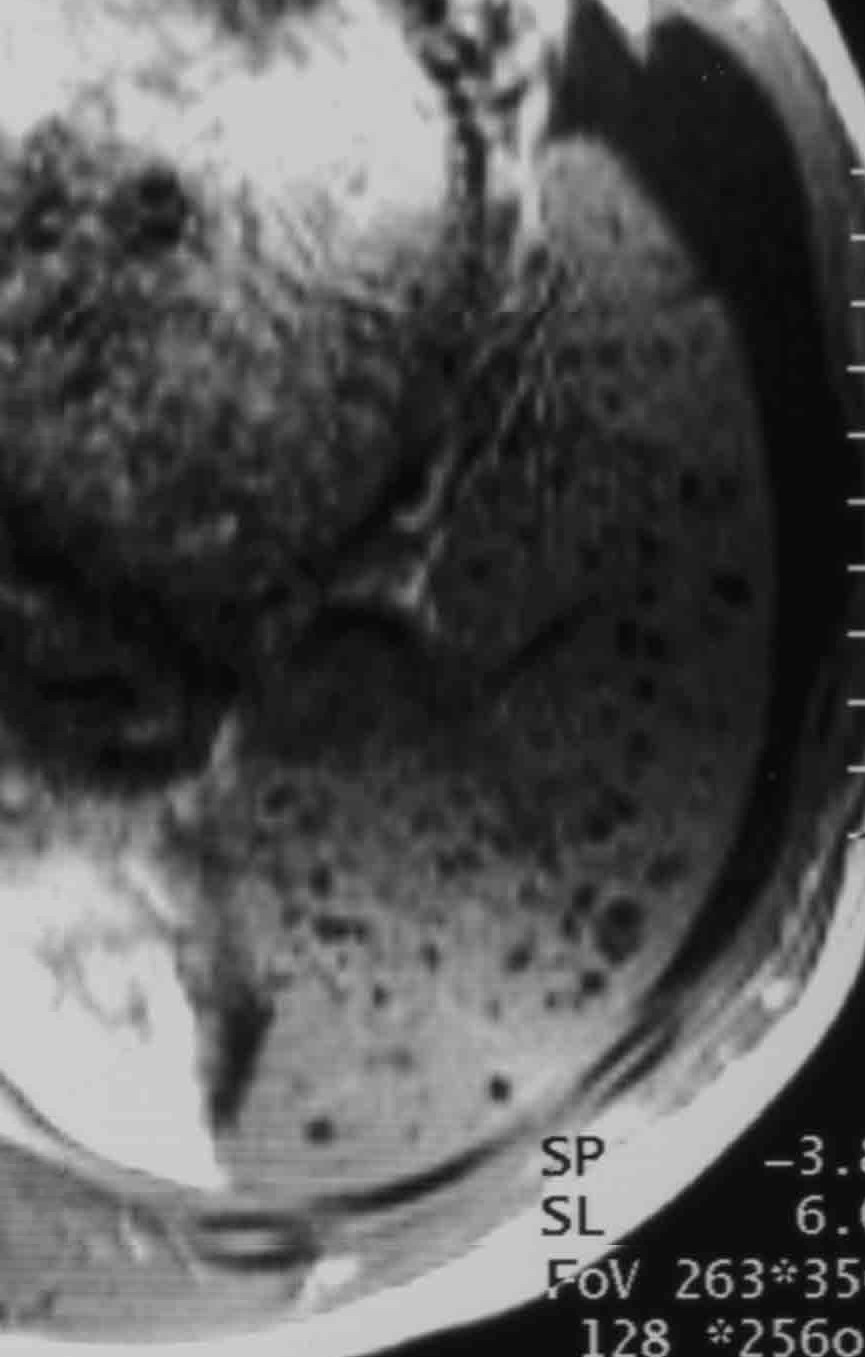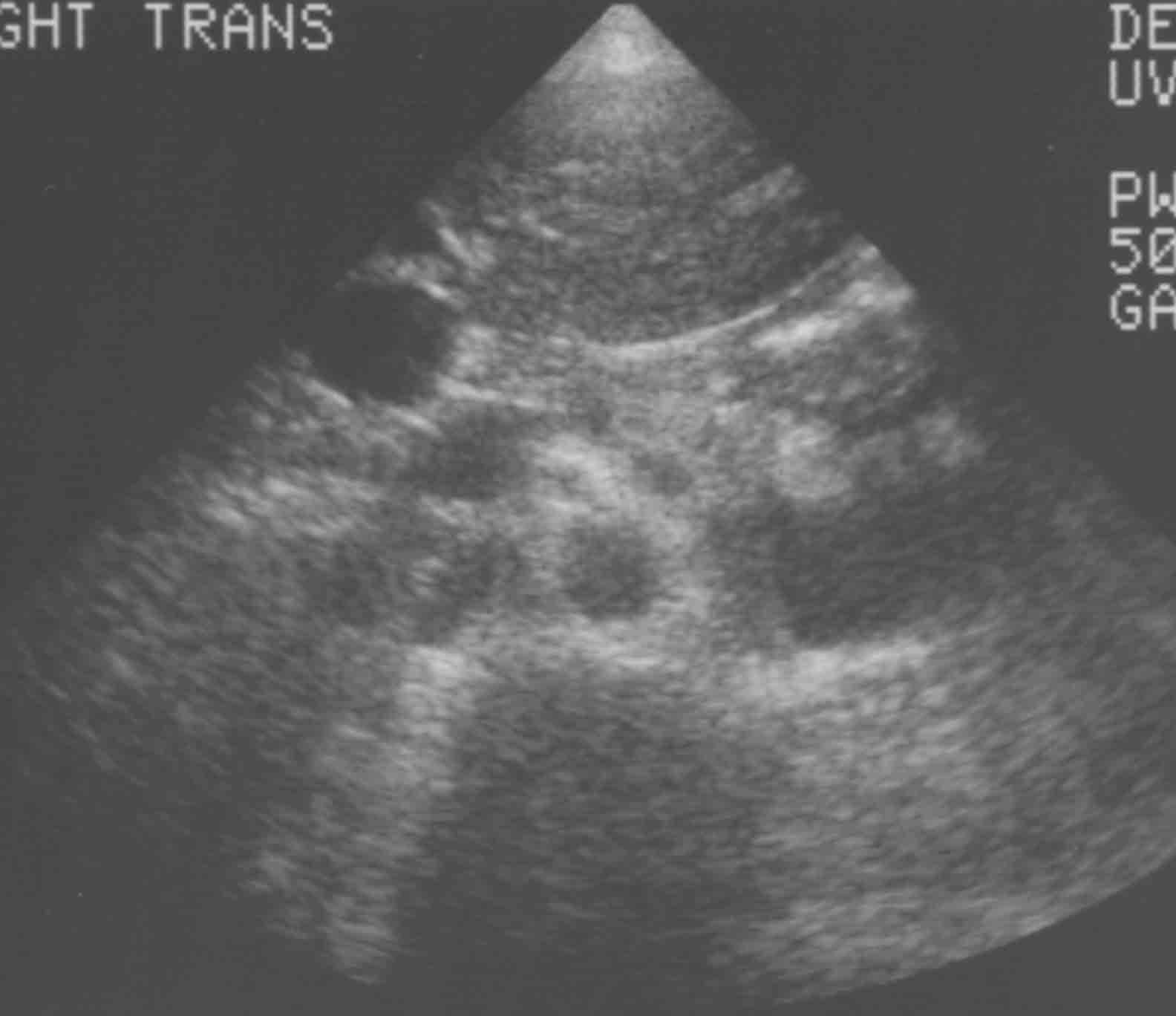Gastrointestinal Radiology > Post-Test
Post-Test
![]()
|
1. The appearance of the esophagus below is typical of what disease process:
|
||
|
2. The classic radiographic features of Barrett's esophagitis are high esophageal strictures or deep penetrating ulcers. |
||
|
3. The majority of esophageal carcinomas are of the adenocarcinoma type. |
||
|
4. Which of the following is NOT included in the differential diagnosis of enlarged gastric folds? |
||
|
5. All of the following statements regarding gastric imaging are true EXCEPT: |
||
|
6. The image below is from a single contrast barium study in a 46 year old male following gastrojejunostomy. Based upon the findings below, what is the diagnosis?
|
||
|
7. What is the most common sequela of a Meckel's diverticulum? |
||
|
8. What structure is being imaged here?
|
||
|
9. What is the salient finding in the image in the above question? |
||
|
10. What is the abnormality in the image below?
|
||
|
11. From where is the mass in the above image likely arising? |
||
|
12. The following image demonstrates a complication seen most often due to:
| ||
|
13. What are the dimensions of the normal appendix as seen on ultrasound: |
||
|
14. Ischemic colitis is usually caused by an arterial occlusion. |
||
|
15. Which of the following is malrotation NOT associated with? |
||
|
16. Intussusception may be caused by any of the following EXCEPT: |
||
|
17. Which of the following can be used to differentiate a paralytic ileus from a partial small bowel obstruction? |
||
|
18. Patients with suspected toxic megacolon should have a barium study to confirm diagnosis. |
||
|
19. Sigmoid volvulus is more common than cecal volvulus. |
||
|
20. During what contrast phase is a hepatocellular carcinoma most likely to enhance? |
||
|
21. All of the following are signs of advanced cirrhosis on imaging EXCEPT: |
||
|
22. The following image depicts a hepatic hemangioma.
|
||
|
23. The appearance of the liver below is due to:
|
||
|
24. The upper limit of normal for the dimensions of a gallbladder are: |
||
|
25. What condition does the following image most likely represent?
|
||
|
26. Caroli’s Disease is a type of choledochal cyst characterized by: (use the axial CT slice below)
|
||
|
27. All the following are radiographic signs of annular pancreas except: |
||
|
28. The best imaging modality for acute pancreatitis is: |
||
|
29. All the following are CT signs of pancreatitis except: |
||
|
||
|
32. The sentinel clot sign: |
|
|
33. All of the following may be signs of free air in the abdomen EXCEPT: |
||
|
34. Imaging of hernias is best achieved by: |
||
|
35. The following image demonstrates what type of hernia?
|
||
|
36. The following image demonstrates what type of hernia? (R=rectus abdominus)
|
||
Your score is out of 36.
Do you want to see the answers?
© Copyright Rector and Visitors of the University of Virginia 2013

